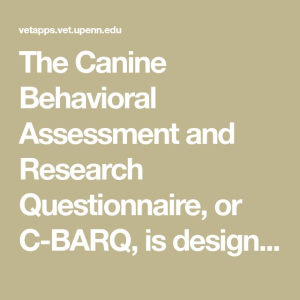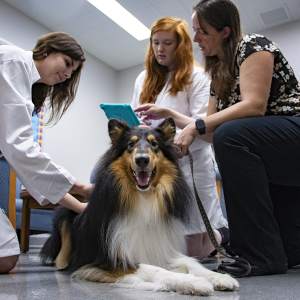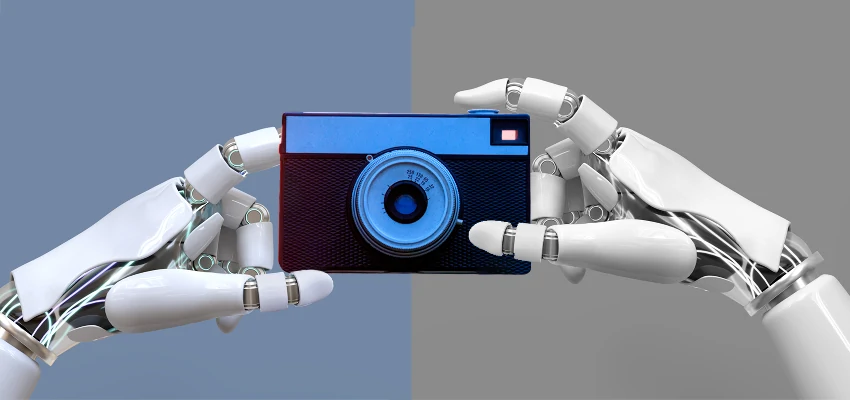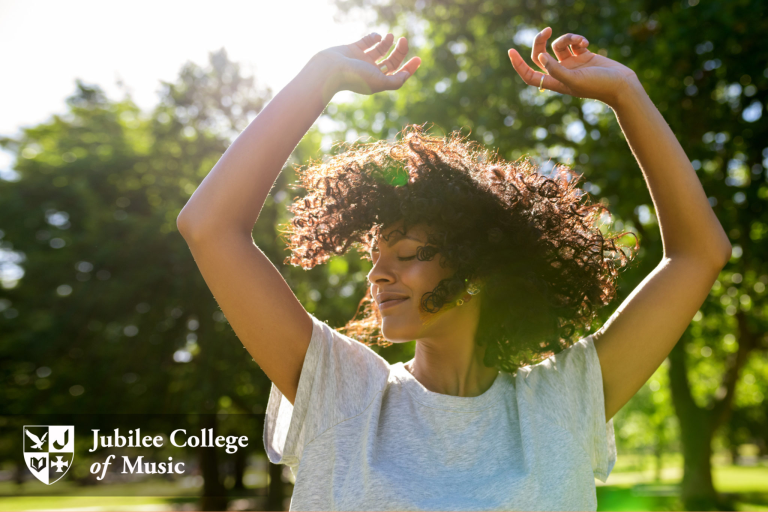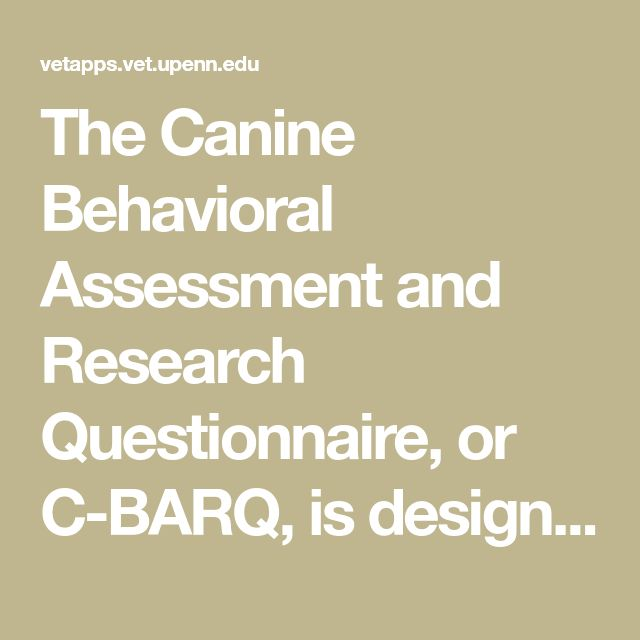AI in photojournalism is revolutionizing how images are captured, interpreted, and preserved. As technology advances, photographers face both challenges and opportunities in the ever-evolving landscape of visual storytelling. The impact of AI on photography is profound, influencing everything from image authenticity to the preservation of invaluable photo archives. While concerns about misinformation loom large, innovative applications of AI hold the potential to enhance the richness of photojournalism. Embracing these advancements could redefine the future of photojournalism, ensuring that the stories behind these powerful images are not lost to time.
The incorporation of artificial intelligence in visual reporting is changing the dynamics of how stories unfold through imagery. This technological wave presents unique hurdles while simultaneously offering new avenues for creativity and preservation. The challenges faced by today’s visual reporters include maintaining the authenticity and integrity of images in a sea of synthetic creations. Furthermore, utilizing AI to curate and safeguard extensive image collections becomes increasingly vital in securing the historical narrative. Exploring these emerging concepts ensures that the essence and legacy of photojournalism are honored in a rapidly advancing digital age.
The Transformative Impact of AI on Photography
The emergence of artificial intelligence in photography is reshaping the landscape in unprecedented ways. AI presents a dual-edged sword; while it offers revolutionary tools for creativity and image processing, it also poses challenges that threaten the very foundation of photojournalism. From enhancing image quality to generating photorealistic visuals, AI has the potential to elevate the artistic and informative aspects of photography. However, as we embrace these advancements, it’s essential to understand the implications they carry for image authenticity and consumer trust.
Beyond artistry, AI’s influence extends to the preservation of visual history. With vast archives of untapped imagery within the domain of photojournalism, AI technologies can systematically analyze and categorize photos, ensuring that important narratives do not fade into obscurity. As the industry grapples with the risks posed by misinformation and copyright infringements, leveraging AI responsibly may lead to solutions that safeguard the integrity of photographic work while simultaneously utilizing the data to illustrate vital historical events.
AI in Photojournalism: Challenges and Opportunities
As photojournalism navigates the complexities brought forth by artificial intelligence, several profound challenges arise. The proliferation of misinformation fueled by AI-generated images poses a significant hurdle for the credibility of visual storytelling. Public trust in media is at stake when images can be fabricated at an alarming rate, especially in sensationalized news cycles. It’s crucial for photojournalists to adapt and incorporate AI in a manner that reinforces their commitment to truth and accuracy, ensuring that the work they produce maintains its authenticity amidst a sea of manipulated content.
Conversely, AI also offers opportunities to redefine storytelling in photojournalism. By analyzing large sets of images, AI can identify trends and emotional nuances that escape human examination. This capacity not only enriches the narrative conveyed through photographs but also highlights the depth of stories waiting to be told. Embracing AI as a tool for enhancing the interpretive analysis of images can help photojournalists curate narratives that resonate more profoundly with their audience, thus ultimately reinforcing the importance of their work in a challenging landscape.
Preserving Photo Archives with AI Technologies
The task of preserving photo archives is becoming increasingly urgent due to the rise of artificial intelligence. With a wealth of photographic history at stake, the archival landscape must evolve to utilize AI’s organizing capabilities effectively. Many iconic images rest in obscurity, waiting for proper cataloging and context. As noted by Kira Pollack, leveraging AI tools could allow for comprehensive categorization, making these valuable records discoverable for future generations while retaining the photographers’ artistic intentions.
However, the implementation of AI in archival processes does not come without ethical considerations. The danger of unauthorized use of creators’ work during AI training necessitates a structured dialogue on ownership and copyright. It’s paramount that frameworks are established to protect the rights of photojournalists while embracing AI innovations. This balance is essential in ensuring that while technology enhances accessibility, it also respects and upholds the legacy and integrity of artists throughout history.
Ethics of AI in Image Creation and Authentication
As the boundary between real and generated imagery continues to blur, the ethical implications surrounding AI in photography demand rigorous scrutiny. Image authenticity is more critical than ever, given the substantial role that visual media plays in shaping public perception and societal narratives. The photojournalism community must prioritize discussions on the ethical use of generative AI, focusing on how such technologies can coexist with traditional photography principles that emphasize truth and representation.
In an era where AI can create stunning visuals seemingly without human involvement, it is paramount to uphold the principles of authorship and transparency in image creation. Tools that help discern real photographs from AI-generated content are essential in restoring public confidence in visual media. By engaging in these conversations and developing frameworks that enhance ethical standards within the industry, photojournalists can better navigate the challenges posed by AI and maintain the integrity of their work.
The Future of Photojournalism in an AI-Driven World
Looking ahead, the future of photojournalism is set to be intricately intertwined with advancements in artificial intelligence. This evolution has the potential to redefine how stories are told and disseminated through visual media. As photojournalists increasingly adopt AI tools, they will likely harness these technologies to deliver a more nuanced understanding of complex narratives—from geopolitics to social issues—demonstrating the relevance of their role in society.
Despite the promising aspects of AI, the responsibility lies with the industry to remain vigilant about its application, ensuring that the core tenets of journalism—truth, accuracy, and fairness—are not compromised. As new challenges emerge, active engagement with technology while preserving ethical practices will be key in shaping a future where photojournalism continues to thrive. By fostering innovation alongside traditional values, the industry can harness the full potential of AI to craft compelling narratives that resonate with audiences and preserve historical truths.
AI’s Role in Contextualizing Historical Events
As the visual documentation of history transforms, AI has a vital role in contextualizing historical events through photography. By utilizing AI to examine and interpret vast repositories of images, photojournalists can uncover layers of meaning and significance that contribute to a more profound understanding of past occurrences. This capability not only enriches current storytelling but also preserves the lessons learned from those historical moments.
Furthermore, AI can facilitate collaboration among historians, photojournalists, and technologists, resulting in more comprehensive narratives around recent conflicts or pivotal events. By allowing AI to aid in the analysis, professionals can better highlight the human experience behind the images, ensuring that the emotional weight of each photograph is fully understood and appreciated. The integration of AI in this context emphasizes the importance of image authenticity while serving as a testament to the profound stories that deserve to be shared with future generations.
Combating Misinformation in Photojournalism Through AI
In today’s fast-paced digital environment, the threat of misinformation spreading through manipulated images is a pressing concern for photojournalists. As visual media can significantly influence public opinion, the need to address these challenges with innovative solutions is paramount. AI can play a crucial role in combating misinformation by enabling the development of verification tools that help identify altered images and assess their authenticity in real-time.
By incorporating AI into their workflows, journalists can enhance their ability to verify the credibility of images, thus reinforcing trust with their audience. Such tools not only foster an environment of accountability within media but also empower journalists to uphold the integrity of their work. Ultimately, the collaboration between AI technologies and photojournalism could serve as a strong defense against the spread of misinformation, ensuring that fact-based, responsible storytelling prevails.
Collaborative Opportunities Between AI and Photojournalism
The intersection of AI and photojournalism opens up a wealth of collaborative opportunities that can enrich both fields. By leveraging AI’s analytical capabilities, photojournalists can uncover hidden patterns and insights in their work, allowing for deeper engagement with audiences. Additionally, collaborative projects between technologists and visual storytellers can forge new methodologies that enhance narrative depth and accessibility, bringing underrepresented stories to light in more impactful ways.
Moreover, fostering these collaborations could encourage cross-disciplinary dialogues that elevate ethical considerations surrounding the use of AI in journalism. It creates a shared responsibility to not only embrace technology for creative expansion but also to ensure it is used responsibly, maximizing the potential of AI to add value to the storytelling process without compromising the fundamental principles of the editorial mission in photojournalism.
Navigating the Tensions Between Creativity and Authenticity
The ongoing dialogue around AI in photography brings to light the tension between creativity and authenticity in photojournalism. As AI tools can generate highly realistic images, photojournalists must be deliberate about how they define their art form in an age of digital manipulation. Engaging with AI does not mean abandoning core values; rather, it invites professionals to explore innovative ways to enhance their creative expression while upholding the authenticity that resonates with audiences.
This balance is critical to maintaining credibility as photojournalism adapts to technological advancements. By establishing clear ethical guidelines around the use of AI, photographers can confidently engage in creative experimentation without losing sight of their commitment to genuine storytelling. The journey towards integrating AI should be viewed as an opportunity to redefine and enrich the practice of photojournalism, ensuring that both creativity and authenticity can coexist harmoniously.
Frequently Asked Questions
What is the impact of AI on photography within photojournalism?
AI is reshaping photojournalism by enhancing the ability to archive and analyze images, but it also raises concerns about copyright infringement and misinformation. It poses a dual challenge, necessitating a balance between leveraging AI for discovery and safeguarding the authenticity of visual journalistic work.
How does AI assist in preserving photo archives in photojournalism?
AI can help preserve photo archives by streamlining cataloging processes, making vast collections of images accessible and contextualized. This technology offers more efficient ways to organize and retrieve significant historical visual data, ensuring the legacy of photojournalism is not lost, especially as many images go unpublished.
What are the main challenges facing photojournalism due to AI advancements?
The challenges in photojournalism include issues like the erosion of image authenticity, the risk of misinformation from AI-generated content, and potential copyright violations that threaten the ownership of original photographic works. These concerns necessitate robust dialogue and strategies among photojournalists and technology developers.
In what ways might AI help address concerns of image authenticity in photojournalism?
AI can assist in verifying image authenticity by analyzing metadata and content for inconsistencies. By employing advanced algorithms, AI can differentiate between real photojournalism and altered or fabricated images, aiding in the fight against misinformation and enhancing trust in visual storytelling.
What is the future of photojournalism in light of AI technology?
The future of photojournalism may involve a collaborative relationship with AI, where technology supports journalists in preserving narratives and archives while maintaining ethical standards. This partnership aims to enhance storytelling and authenticity in reporting, emphasizing the importance of truth and memory in visual documentation.
| Topic | Key Points |
|---|---|
| AI’s Impact on Photojournalism | AI presents both threats (like misinformation and copyright issues) and opportunities (like archiving and enhancing the understanding of images). |
| Kira Pollack’s Perspective | As a leading visual storyteller, Pollack emphasizes understanding AI’s capabilities while protecting the integrity of photography. |
| Archiving Challenges | Many photojournalists’ works remain unpublished; there’s urgency in preserving these archives against the backdrop of AI’s evolving influence. |
| AI in Image Interpretation | Early experiments show AI’s potential to interpret complex images and provide nuanced insights into photojournalistic work. |
| Public Trust and Copyright | AI’s ability to generate images raises trust issues; Pollack seeks ways to use AI to preserve authenticity rather than exploit imagery. |
| Fellowship Goals | Pollack aims to engage a multidisciplinary dialogue about photography, journalism, and the implications of AI. |
Summary
AI in photojournalism is reshaping how visual stories are told and preserved. Kira Pollack’s insights highlight the dual-edged nature of AI—while it poses risks of misinformation and copyright infringement, it also holds promise for archiving and understanding the rich history embedded in photographs. By harnessing AI to enhance archival processes and maintain the integrity of visual narratives, the future of photojournalism can be safeguarded, ensuring that the profound stories behind the images continue to resonate.


